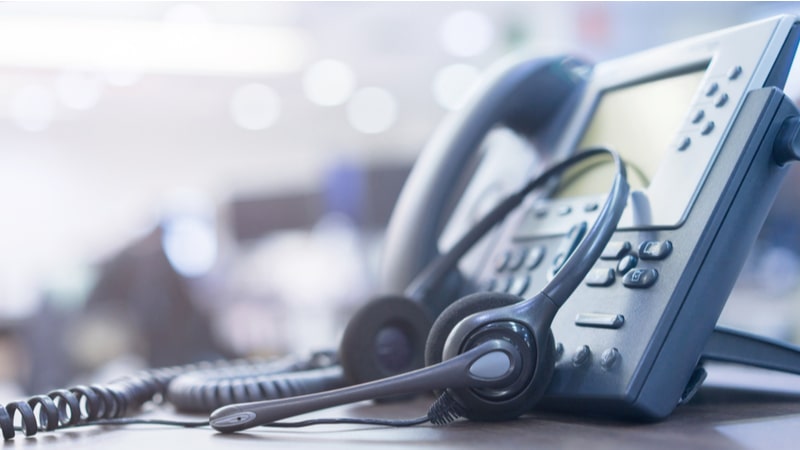
The Department of Veterans Affairs (VA) Office of Inspector General (OIG) found that the Veterans Health Administration’s (VHA) successful shift to telework at the start of the COVID-19 pandemic allowed the department to meet the mental health needs of veterans with its Veterans Crisis Line (VCL).
In a recent report, the OIG stressed that as COVID-19 evolved, veterans “experienced a range of negative effects from fear and social isolation to unemployment and financial insolvency.” This led to a surge in calls to the VCL, with the VCL fielding 52,500 calls and 2,000 chats per month.
As with much of the Federal government, VHA transitioned call center staff to telework back in March to help stem the spread of COVID-19. This was the first time call center staff were able to work remotely as telework was previously viewed to be “too much of a risk.” OIG explained that the hesitancy to move to telework was primarily due to concerns about the quality and dependability of employees’ home internet connections and the potential for poor call quality and lost calls.
However, the pandemic forced VCL leaders to plan for phased telework deployment. On March 21, the VHA Office of Mental Health and Suicide Prevention leaders directed the rapid deployment of telework for nearly 800 VCL workers.
VCL leaders relied on the VA Office of Information and Technology (OIT), which coordinated the acquisition of 300 computers, 600 monitors, and 300 iPhones. Regional OIT staff then formatted and installed needed software and ensured that VCL employees what they needed to perform their duties before being sent home to telework. By the end of April, all VCL employees who wanted to telework were successful teleworking. In the OIG’s survey, VCL employees who teleworked “overwhelmingly reported having the necessary equipment and technical support to enable them to perform their duties at their telework location.”
The OIG found that from January 1 to May 31, 2020, VCL continued to meet performance targets for key indicators including the speed of answer for calls, chats, and texts; the rate of abandonment; and the levels of silent monitoring and caller satisfaction. “The OIG did not identify, nor was the OIG told about, veteran care being negatively affected during VCL’s move to telework,” the report found.
Given VCL’s success, OIG inquired about lessons learned. The report said that the overarching theme of the VCL leaders’ responses was that the VCL needs to “keep current with best practices in emergency preparedness and technology to achieve its mission and meet public expectations for crisis line care.”
Additionally, VCL had to coordinate equipment and services through regional OIT departments, and in the event of a system problem, VCL staff had to contact a VA service desk specialist who likely did not know about VCL systems and technology. “These challenges made their experience responding to COVID-19 more difficult, and moving forward, the VCL could benefit from a broader and more agile technology and equipment plan, its own cadre of information technology staff, and managing its own contracts,” the OIG found.
While leadership was initially hesitant to move to telework, VCL leaders now acknowledge that the transition has improved staff morale and decreased unplanned leave usage, as well as “positioned the VCL to recruit additional staff and enhance future services operations.”
